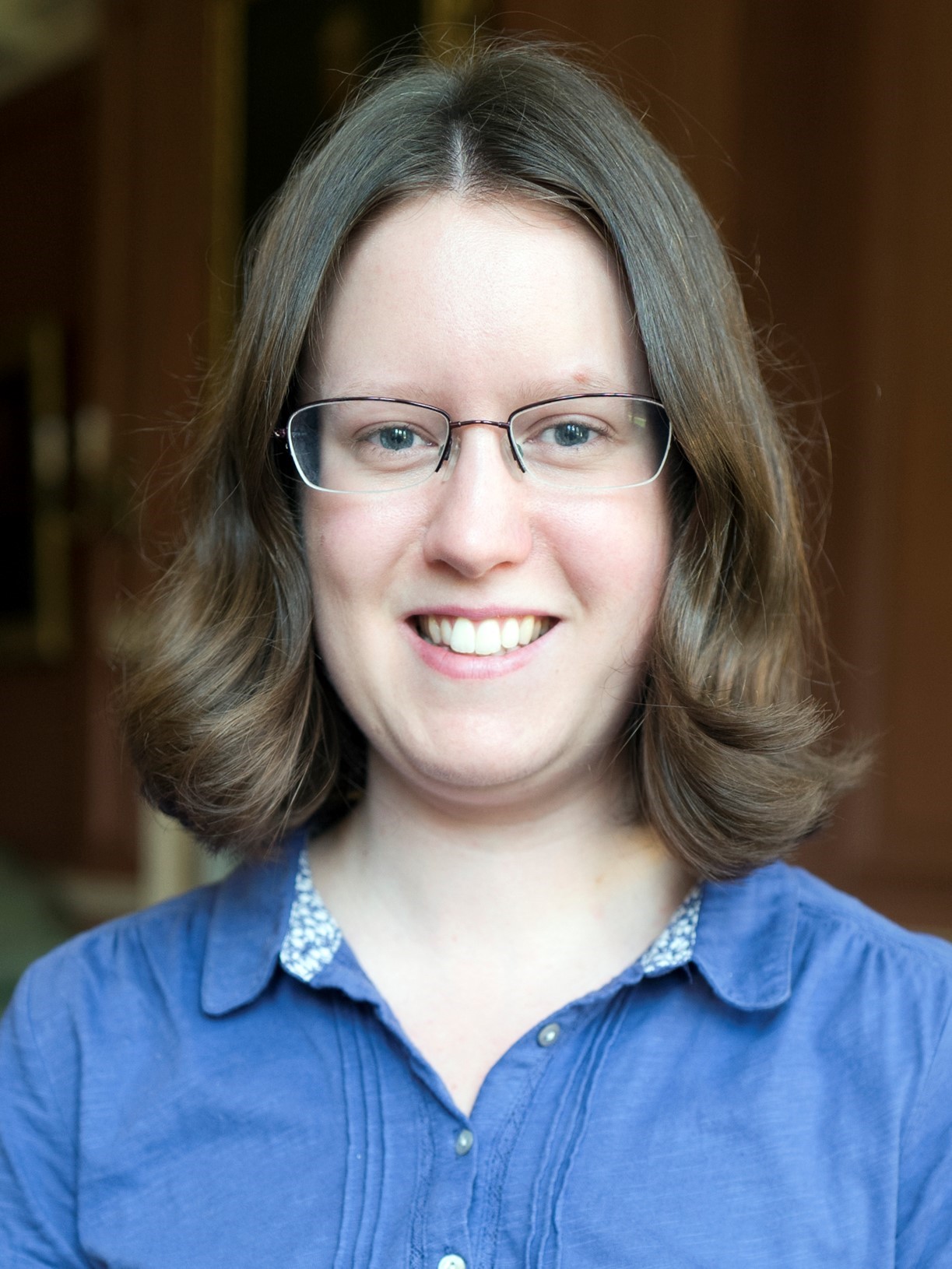Normally an academic who discovers inconsistency of spelling by the same writer on the same document would be making use of red ink.
For Anna Judson, a former Fellow of Gonville & Caius College, the realisation is an exciting one. In her examination of prehistoric Greek writing, Anna has found general consistency in spelling, but permissible and normal variation, even within the work of a single writer.
Her research paper, Learning to spell in Linear B: Orthography and scribal training in Mycenaean Pylos, looked at clay tablets from 1400 to 1200 BCE (Before Common Era)
“We can see standardisation and a complicated system of spelling conventions, but sometimes there is variation,” Anna says.
“You can spell the same sequence of sounds two or three different ways. I was looking at why this was taking place and what that had to do with learning.
“A previous article about spelling at Pylos, in south western mainland Greece, suggested people learnt in different ways and that’s what you see. I looked into it and that’s not what I saw at all: the same person can use different spellings of the same sequence, even on the same tablet sometimes.
“It really seems that in some cases you could choose how to spell something. It’s a different attitude than we have now. That shows that rather than having different groups of people learning to write in different ways, they’re all being taught within the same system, even if there may have been more than one person teaching people to write.”
There is no attribution on the tablets, so authors are identified by their handwriting. Most of the documents are inventories and lists from which we can see evidence of people’s social, communal and religious activities.
Written in syllabic signs and with ideograms – signs representing the people or items being listed – Anna has a large spreadsheet which helps her decipher the writings.
For Anna the work is a continuation of her PhD in Classics, undertaken at Pembroke College, and her Research Fellowship at Caius, which took place from 2016 to 2020. Thereafter followed a stint at the British School in Athens on a Marie Curie post-doc fellowship.
Video from: How to make a Linear B Tablet – British School at Athens (bsa.ac.uk)
Now at the University of Durham in the Department of Classics and Ancient History as an education track lecturer, teaching classical languages and history of writing, Anna has also


